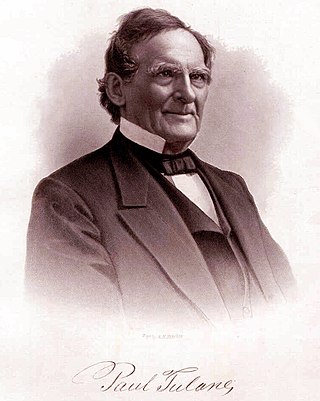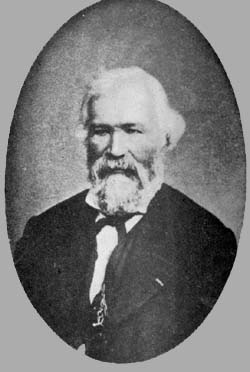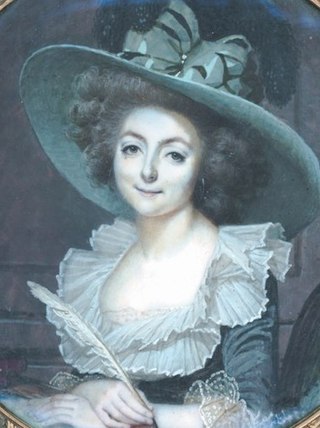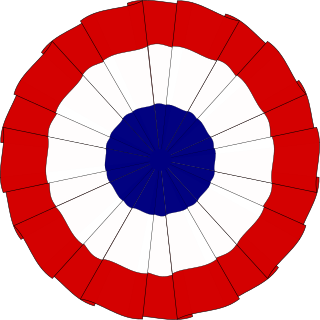Related Research Articles

Antoine-Laurent de Lavoisier, also Antoine Lavoisier after the French Revolution, was a French nobleman and chemist who was central to the 18th-century chemical revolution and who had a large influence on both the history of chemistry and the history of biology.

Marie Jean Antoine Nicolas de Caritat, Marquis of Condorcet, known as Nicolas de Condorcet, was a French philosopher and mathematician. His ideas, including support for a liberal economy, free and equal public instruction, constitutional government, and equal rights for women and people of all races, have been said to embody the ideals of the Age of Enlightenment, of which he has been called the "last witness," and Enlightenment rationalism. He died in prison after a period of hiding from the French Revolutionary authorities.

Metric time is the measure of time intervals using the metric system. The modern SI system defines the second as the base unit of time, and forms multiples and submultiples with metric prefixes such as kiloseconds and milliseconds. Other units of time – minute, hour, and day – are accepted for use with SI, but are not part of it. Metric time is a measure of time intervals, while decimal time is a means of recording time of day.

Jean-Charles, chevalier de Borda was a French mathematician, physicist, and Navy officer.

Aube is a French department in the Grand Est region of north-eastern France. As with sixty departments in France, this department is named after a river: the Aube. With 310,242 inhabitants (2019), Aube is the 74th department in terms of population. The inhabitants of the department are known as Aubois or Auboises.

Joseph-Louis Lagrange, also reported as Giuseppe Luigi Lagrange or Lagrangia, was an Italian mathematician, physicist and astronomer, later naturalized French. He made significant contributions to the fields of analysis, number theory, and both classical and celestial mechanics.

Jean Sylvain Bailly was a French astronomer, mathematician, freemason, and political leader of the early part of the French Revolution. He presided over the Tennis Court Oath, served as the mayor of Paris from 1789 to 1791, and was ultimately guillotined during the Reign of Terror.
The year 1778 in science and technology involved some significant events.
The year 1785 in science and technology involved some significant events.
The year 1772 in science and technology involved some significant events.

Paul Tulane was an American philanthropist and donor. Born in Sherry Valley, near Princeton, New Jersey, to a prominent French merchant family, Tulane made his fortune from a retail and dry goods company. Later, he became one of New Orleans' most prominent pro-confederate philanthropists and the namesake of Tulane University, formerly known as the Medical College of Louisiana.

The County of Saintonge, historically spelled Xaintonge and Xainctonge, is a former province of France located on the west central Atlantic coast. The capital city was Saintes. Other principal towns include Saint-Jean-d'Angély, Jonzac, Frontenay-Rohan-Rohan, Royan, Marennes, Pons, and Barbezieux-Saint-Hilaire.
Henri-Louis Duhamel du Monceau, was a French physician, naval engineer and botanist. The standard author abbreviation Duhamel is used to indicate this person as the author when citing a botanical name.

Louis René Étienne Tulasne, a.k.a. Edmond Tulasne was a French botanist and mycologist born in Azay-le-Rideau.

Sophie de Condorcet, also known as Sophie de Grouchy and best known as Madame de Condorcet, was a prominent French salon hostess from 1789 to the Reign of Terror, and again from 1799 until her death in 1822. She was also a philosopher and the wife of the mathematician and philosopher Nicolas de Condorcet, who died during the Reign of Terror. Despite his death and the exile of her brother, Marshal Emmanuel de Grouchy, between 1815 and 1821, she maintained her own identity and was well-connected and influential before, during, and after the French Revolution.

Paul François de Quelen de La Vauguyon or Paul François de Quélen de Stuer de Caussade, duc de La Vauguyon was a French nobleman. He was governor of Cognac, after having been involved in the last campaigns of the Seven Years' War. He wrote a Portrait de feu monseigneur le Dauphin and was menin to the future Louis XVI, one of the Dauphin's sons. A peer of France, brigadier, maréchal de camp, knight of the ordre du Saint-Esprit, he was chosen to be minister plenipotentiary to the Estates General of the Dutch Republic. He later became French ambassador to Spain, knight of the Golden Fleece, temporary minister of foreign affairs in 1789, then minister of the conseil d'État of Louis XVIII in Verona. He was the main intermediary among Louis's agents in France, but became the victim of intrigues. From the Restoration onwards he was lieutenant général and sat in the peerage of France, where he was noted for his moderation. He and his wife had four children, but the Quelen line died out with his children.
Louis Paul Abeille FRS was a French economist.

The Society of 1789, or the Patriotic Society of 1789, was a political club of the French Revolution inaugurated during a festive banquet held at Palais-Royal in May 13, 1790 by more moderate elements of the Club Breton. At their height of influence, it was the second most important club after the Jacobin Club.

Guillaume-Louis du Tillet was a French prelate, last bishop of Orange, and clerical deputy to the States General in 1789.
The undecimal numeral system is a positional numeral system that uses eleven as its base. While no known society counts by elevens, two are purported to have done so: the Māori, one of the two Polynesian peoples of New Zealand, and the Pañgwa (Pangwa), a Bantu-speaking people of Tanzania. The idea of counting by elevens remains of interest for its relation to a traditional method of tally-counting practiced in Polynesia. During the French Revolution, base-11 was briefly mentioned as a possible basis for the reformed system of measurement. Base-11 numerals have applications in computer science, technology, and the International Standard Book Number system. They also occasionally feature in works of popular fiction. Any numerical system with a base higher than 10 requires one or more new digits; "in an undenary system there should be a character for ten." In base-11, the number 10 is typically represented by a capital letter A.
References
- ↑ Facsimile of the book
- ↑ Borda, Jean-Charles de; Lagrange, Joseph-Louis; Lavoisier, Antoine; Tillet, Matthieu; Condorcet, Marquis de (1793). "Rapport fait a l'Académie des Sciences, le 27 Octobre 1790, sur le titre des métaux monnoyés & sur l'échelle de division des poids, des mesures & des monnoies". Annales de Chimie. 16: 226–235 – via HathiTrust.
- ↑ Burkhardt, Lotte (2022). Eine Enzyklopädie zu eponymischen Pflanzennamen [Encyclopedia of eponymic plant names](pdf) (in German). Berlin: Botanic Garden and Botanical Museum, Freie Universität Berlin. doi:10.3372/epolist2022. ISBN 978-3-946292-41-8. S2CID 246307410 . Retrieved January 27, 2022.